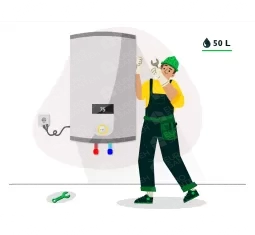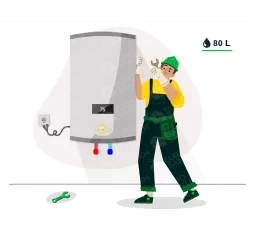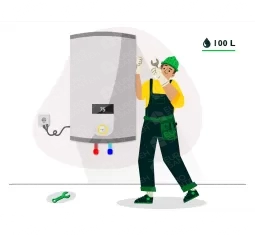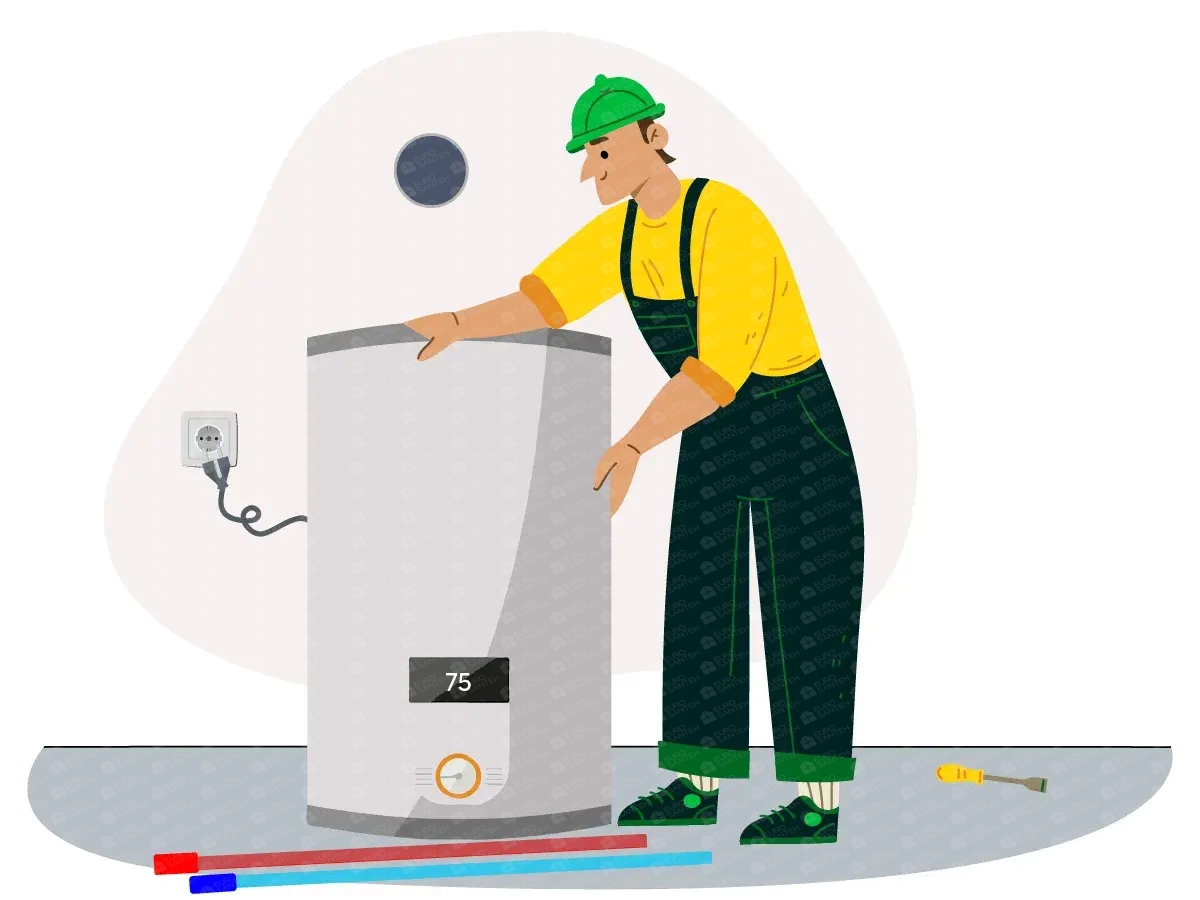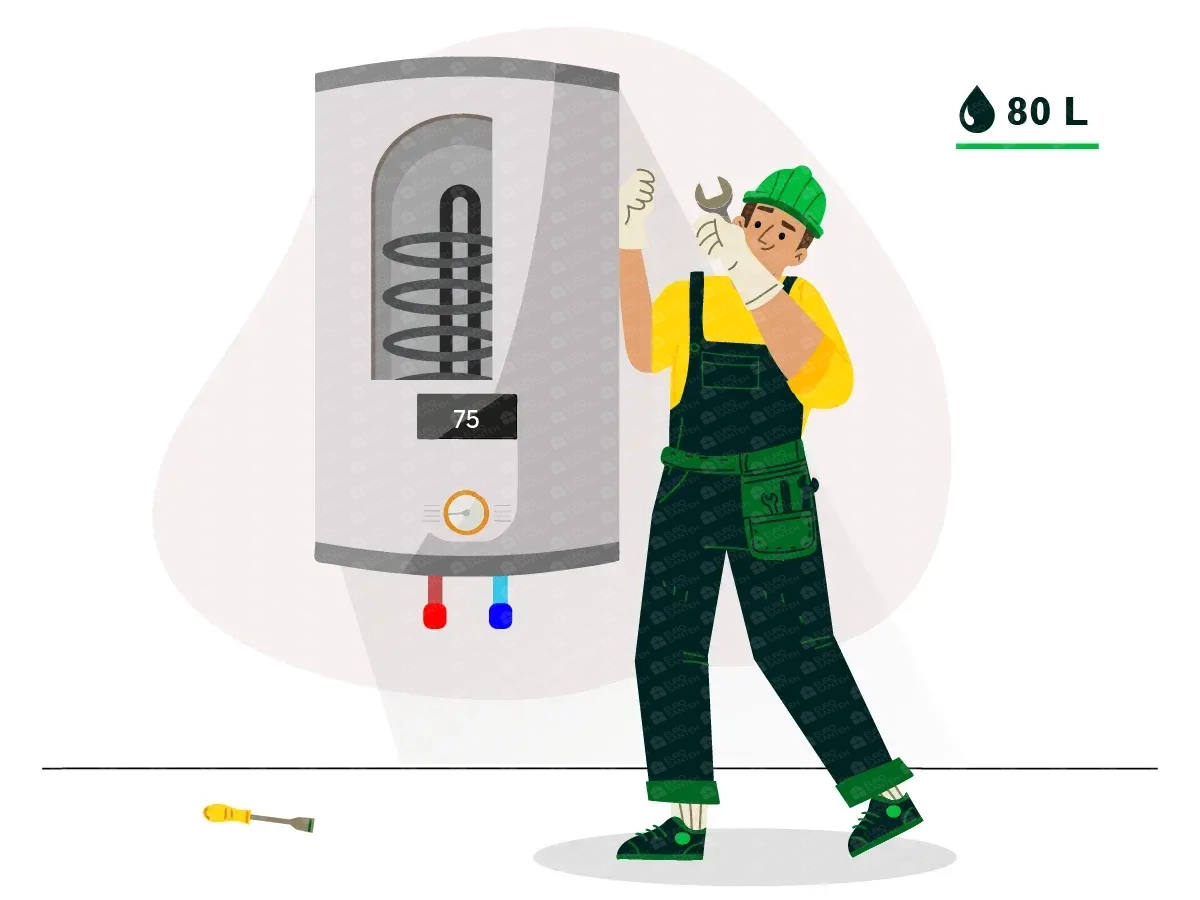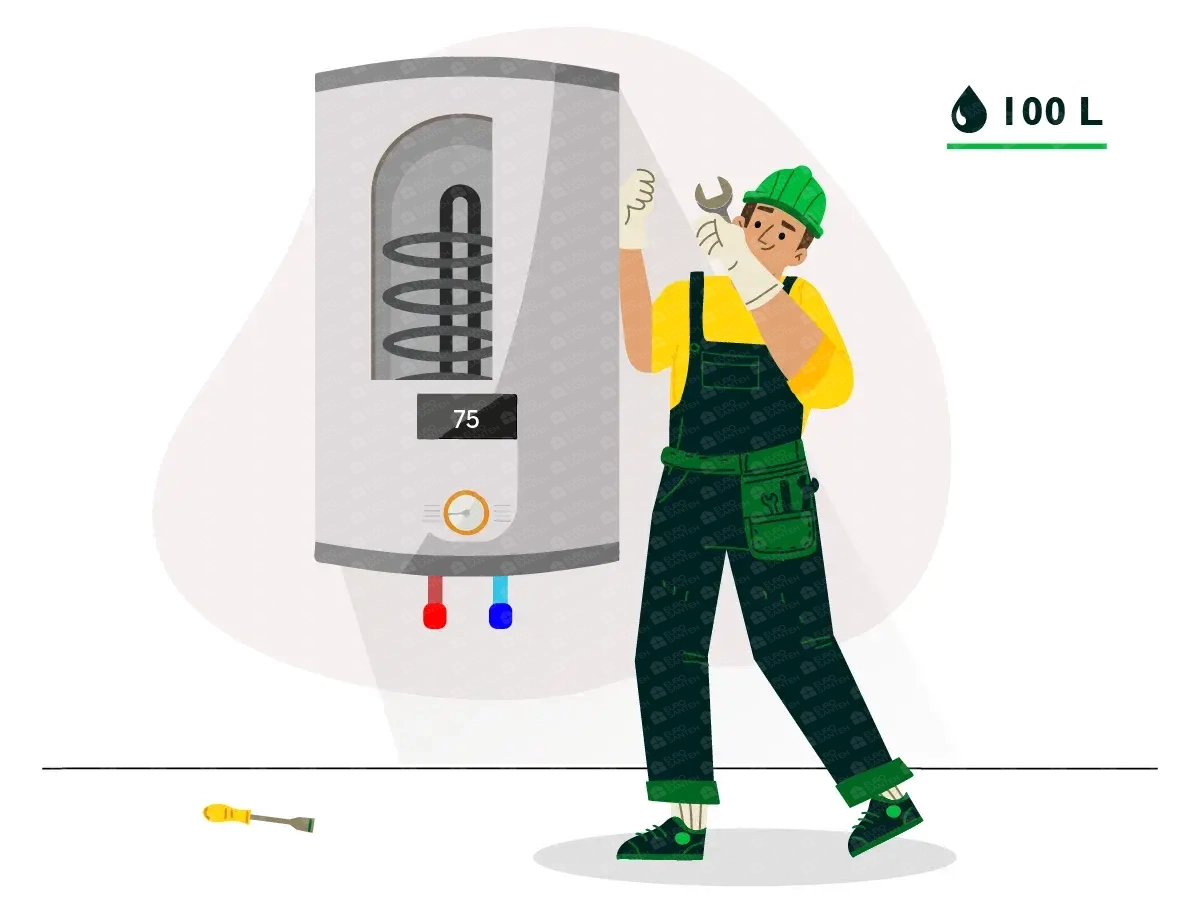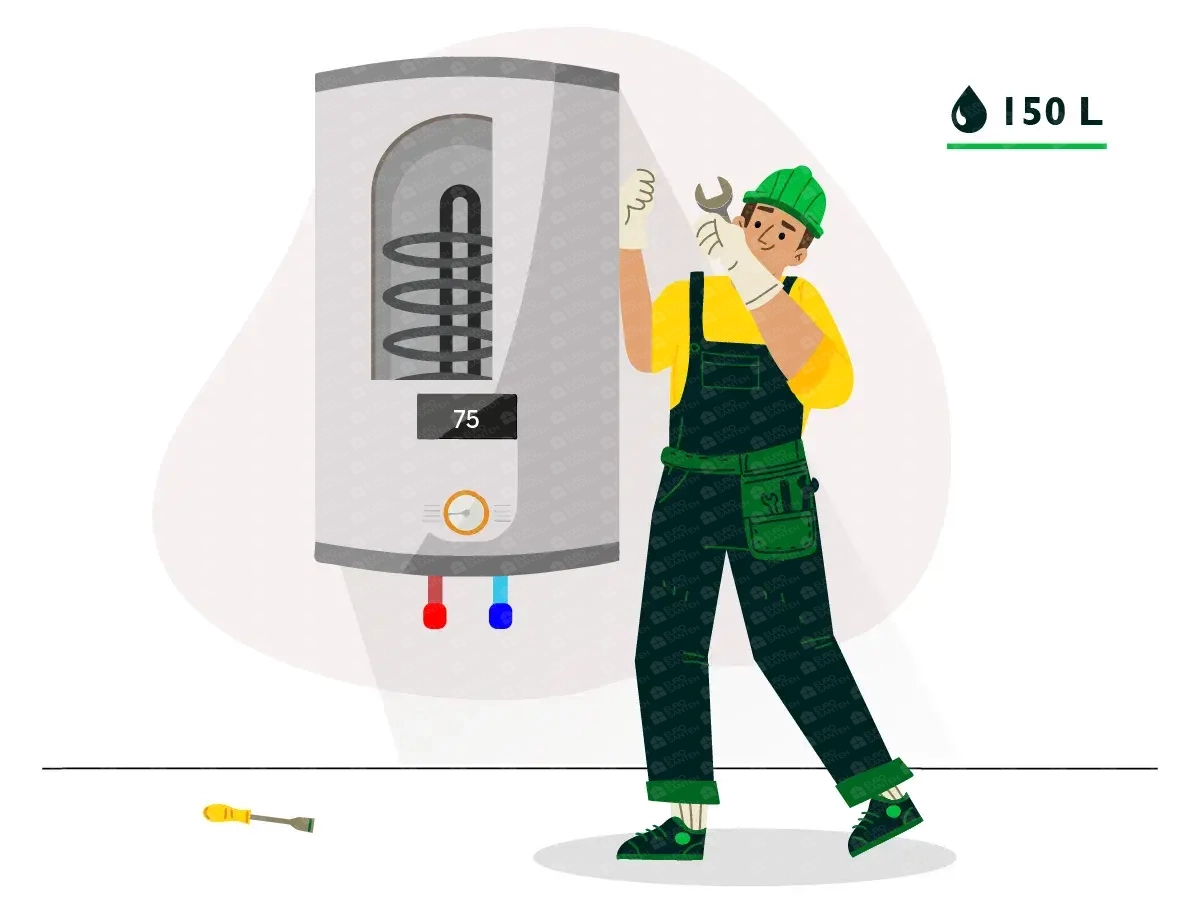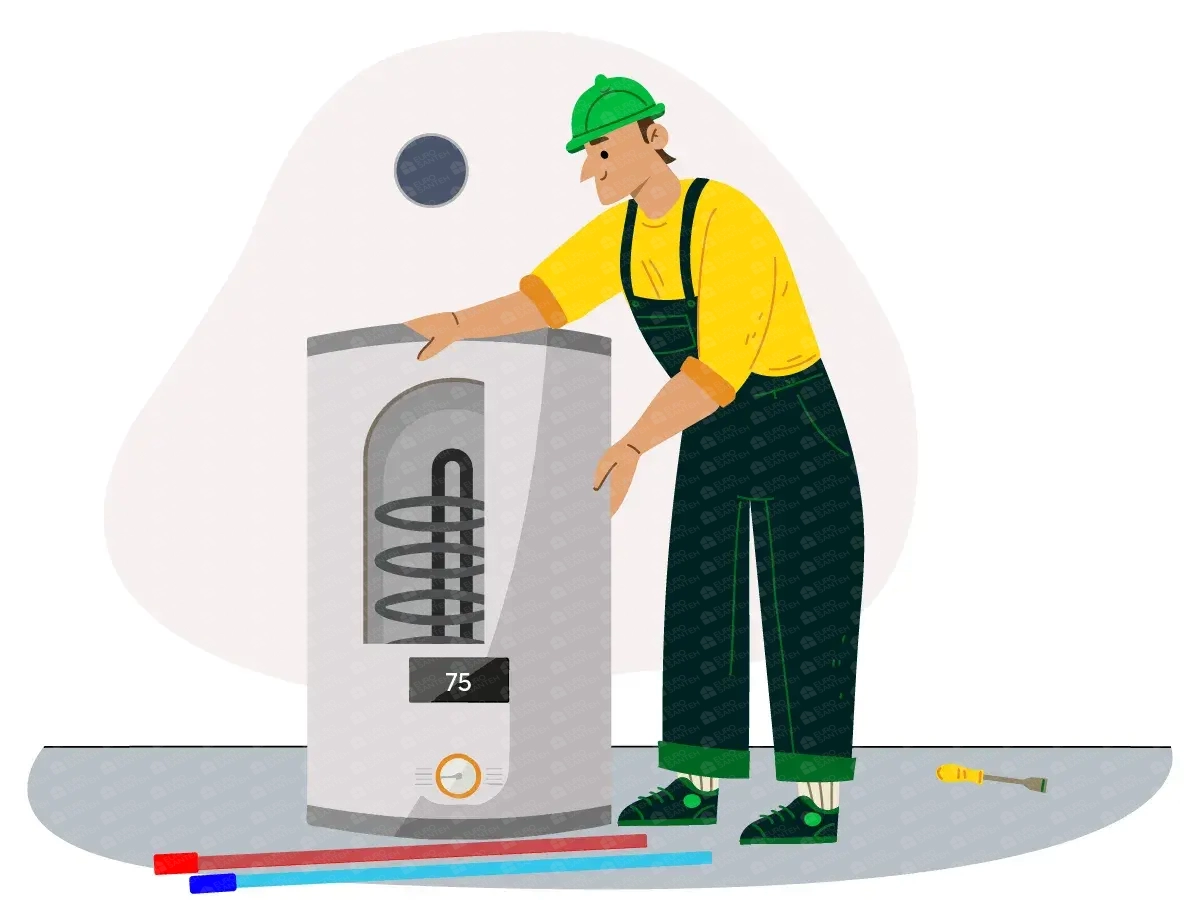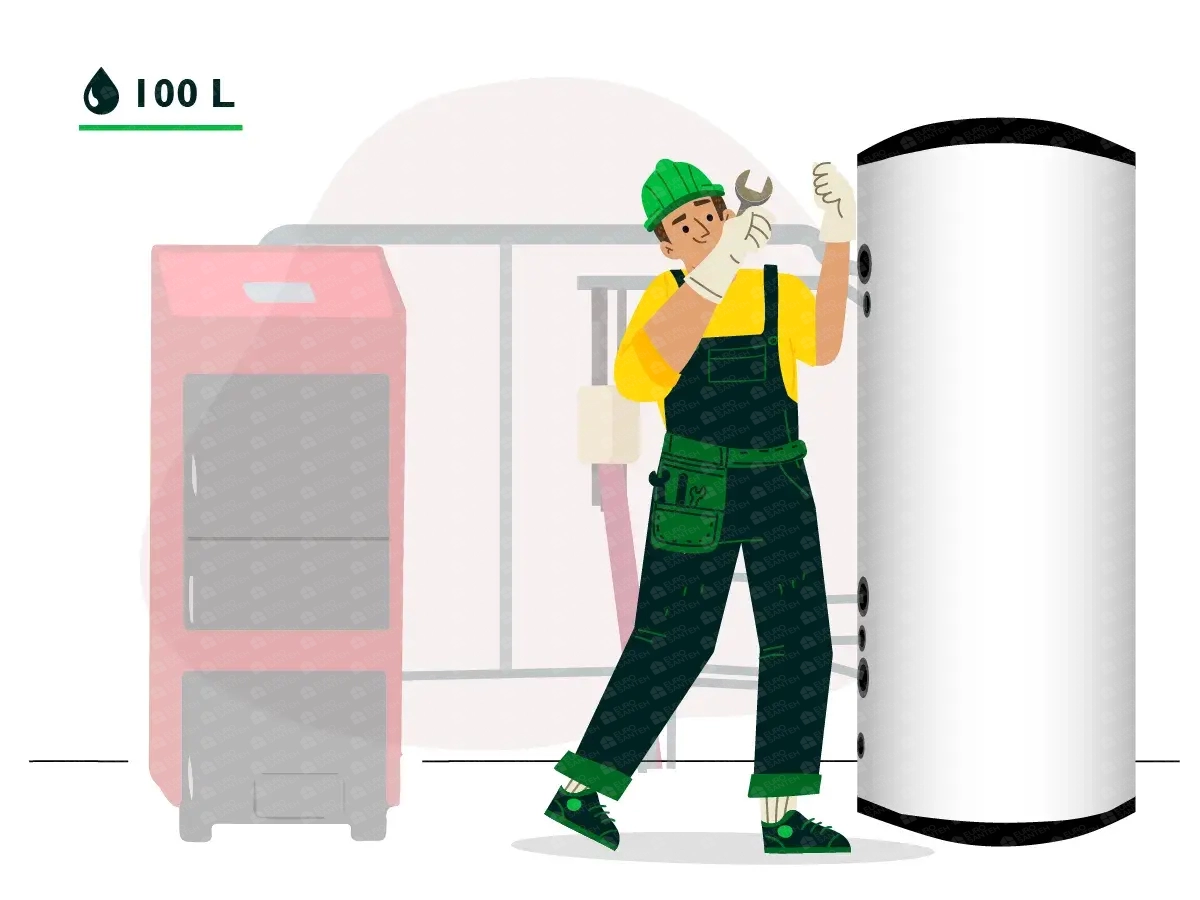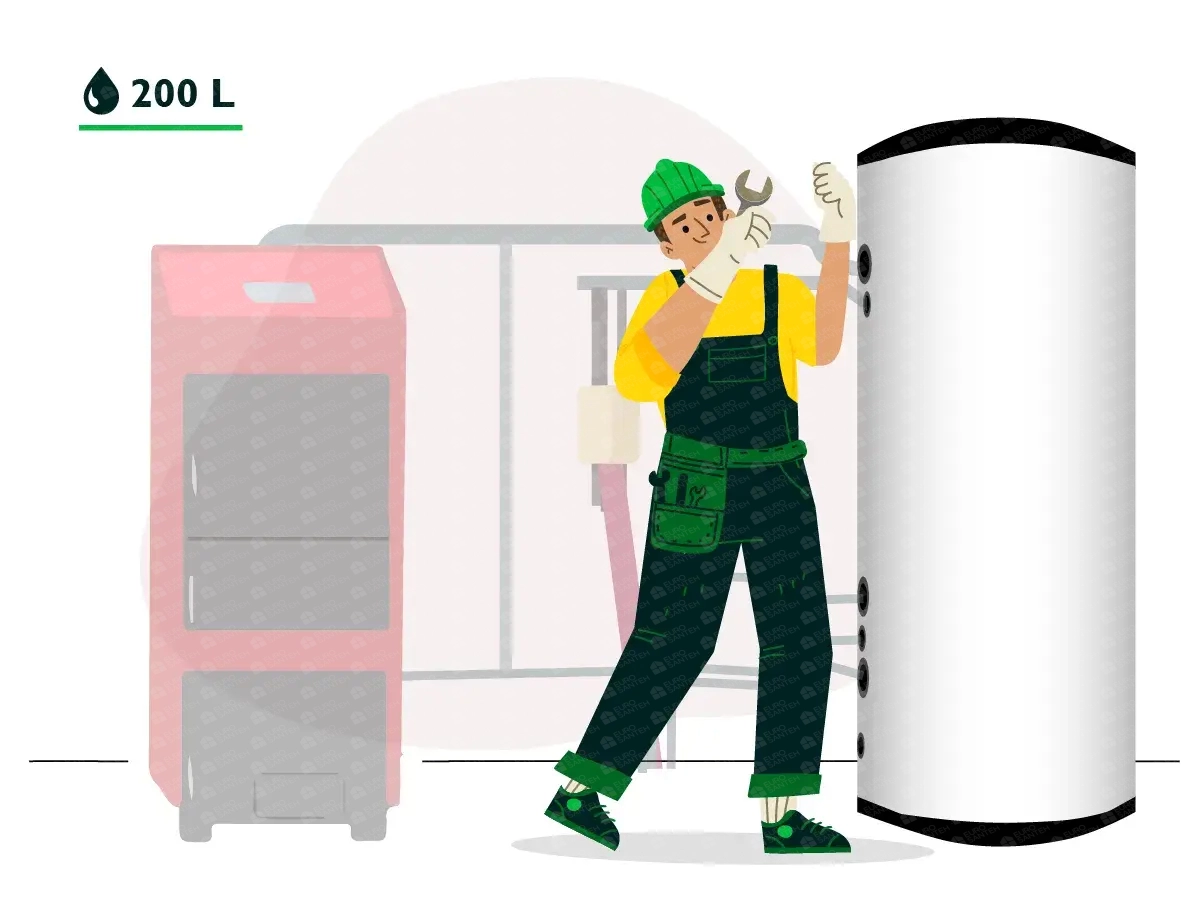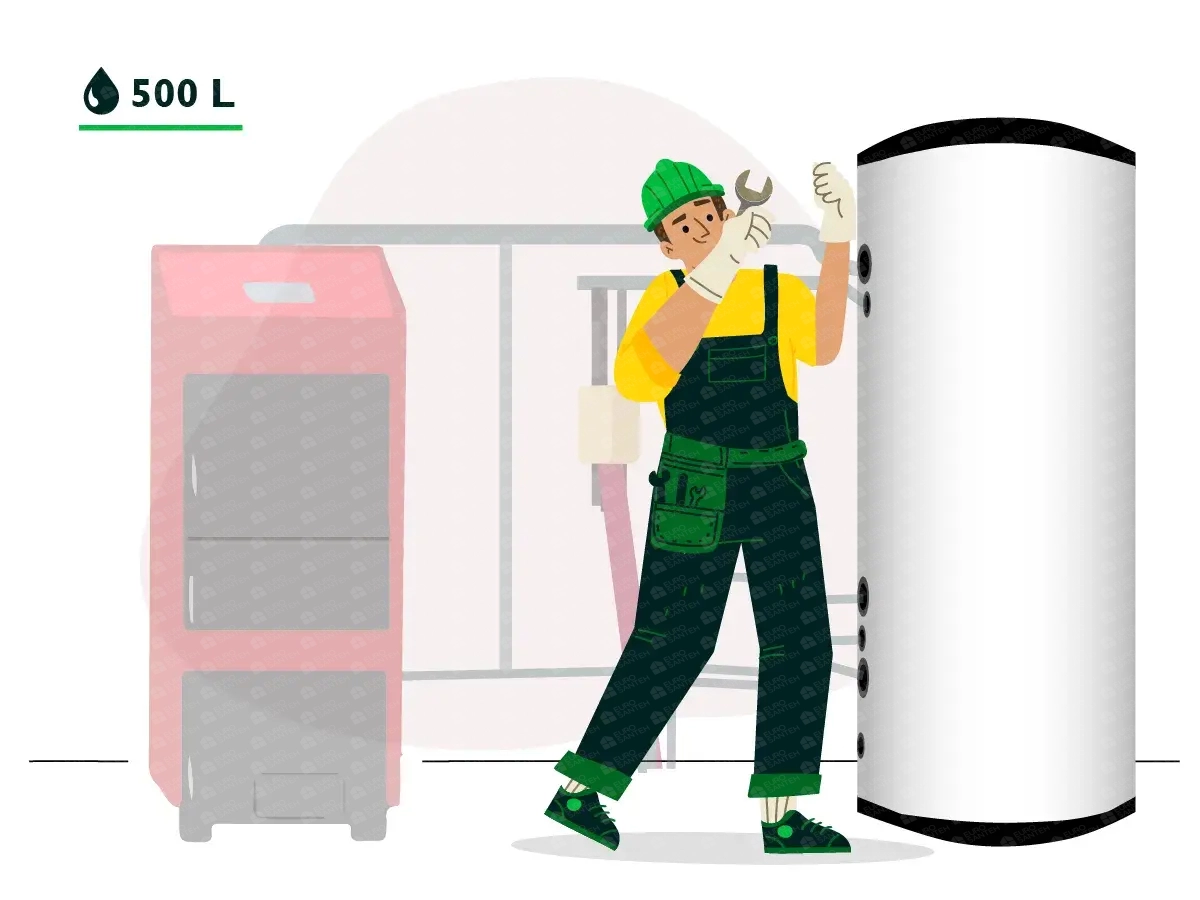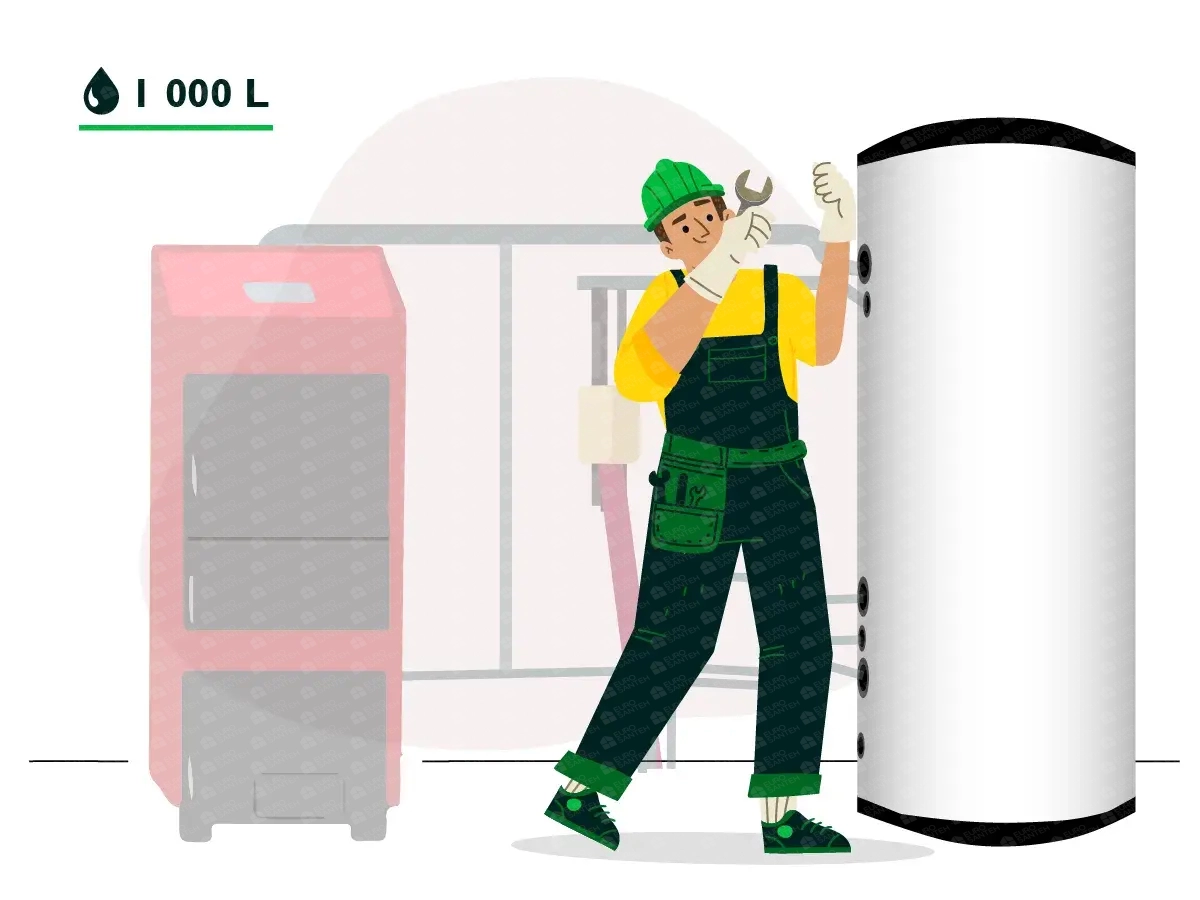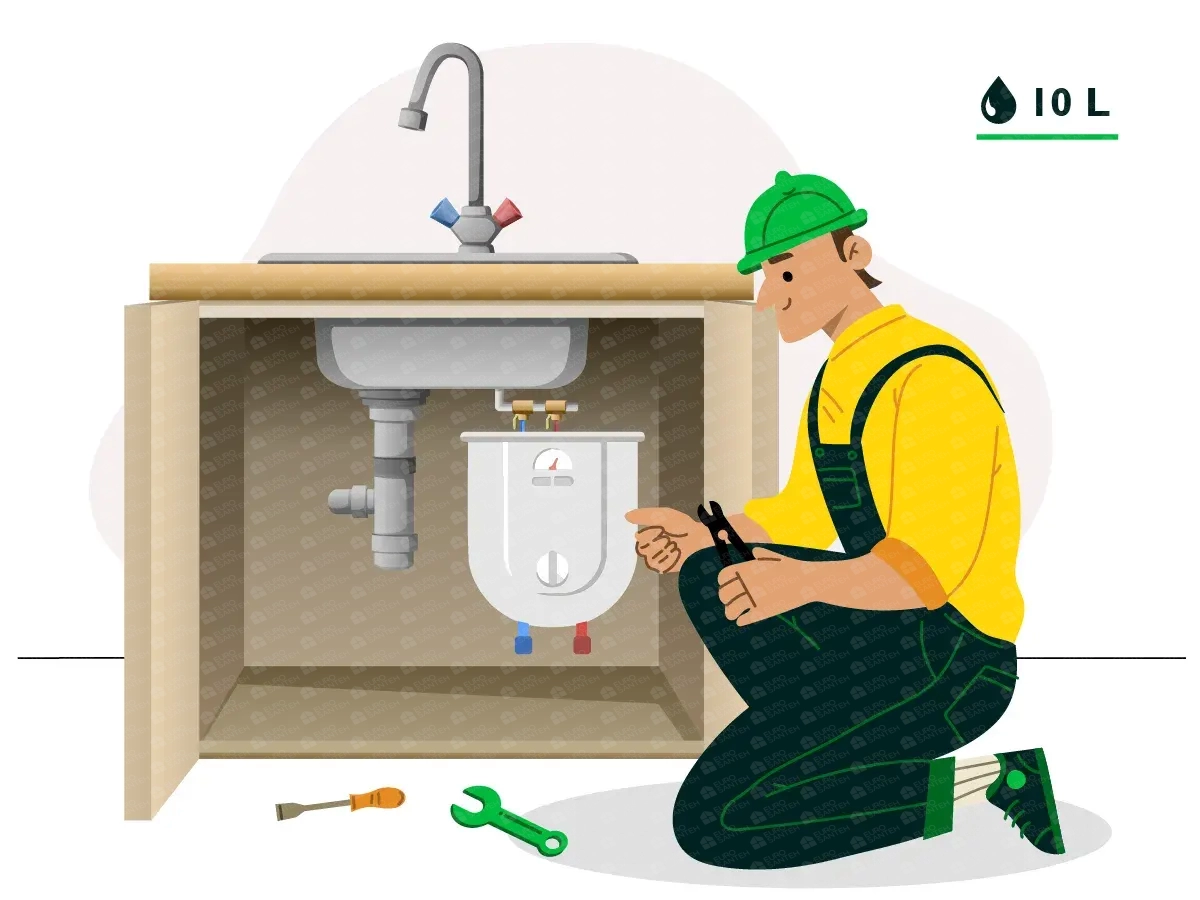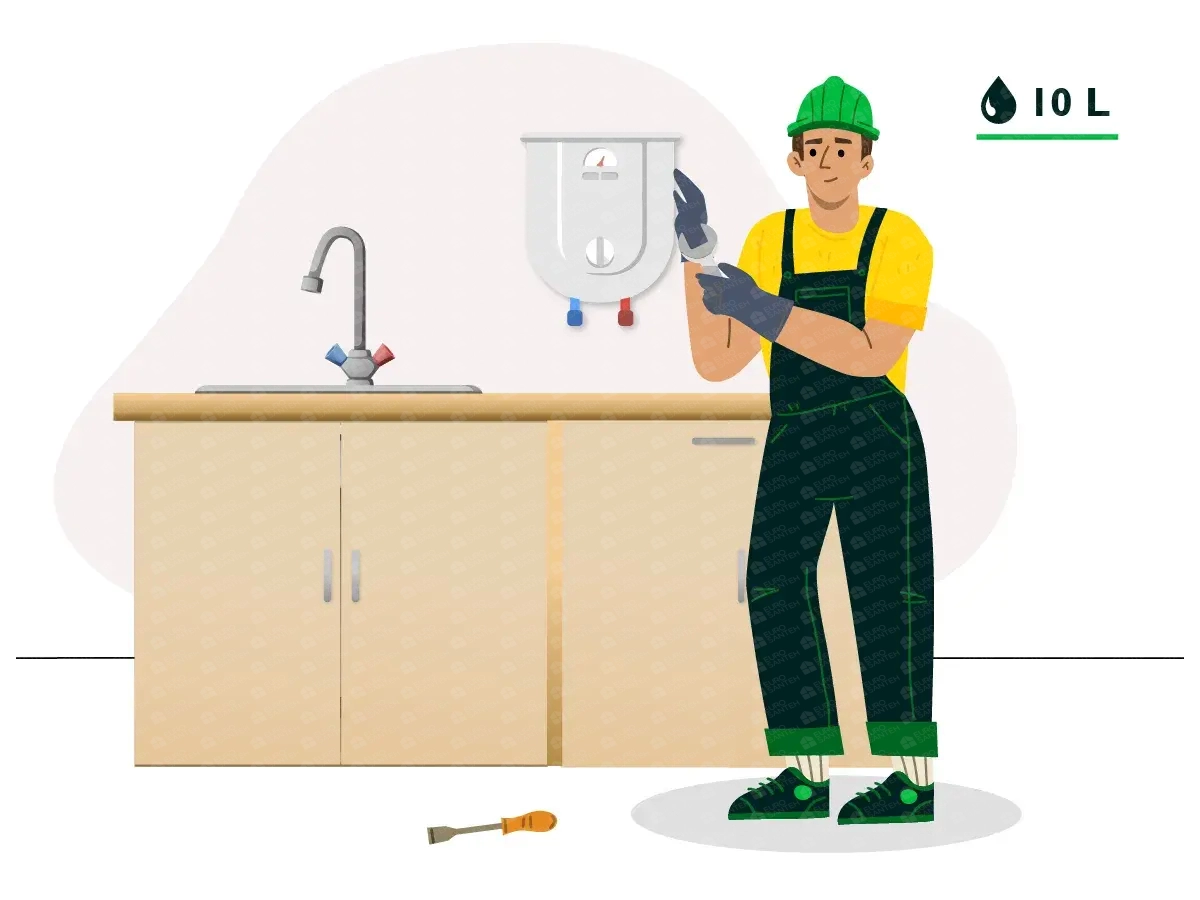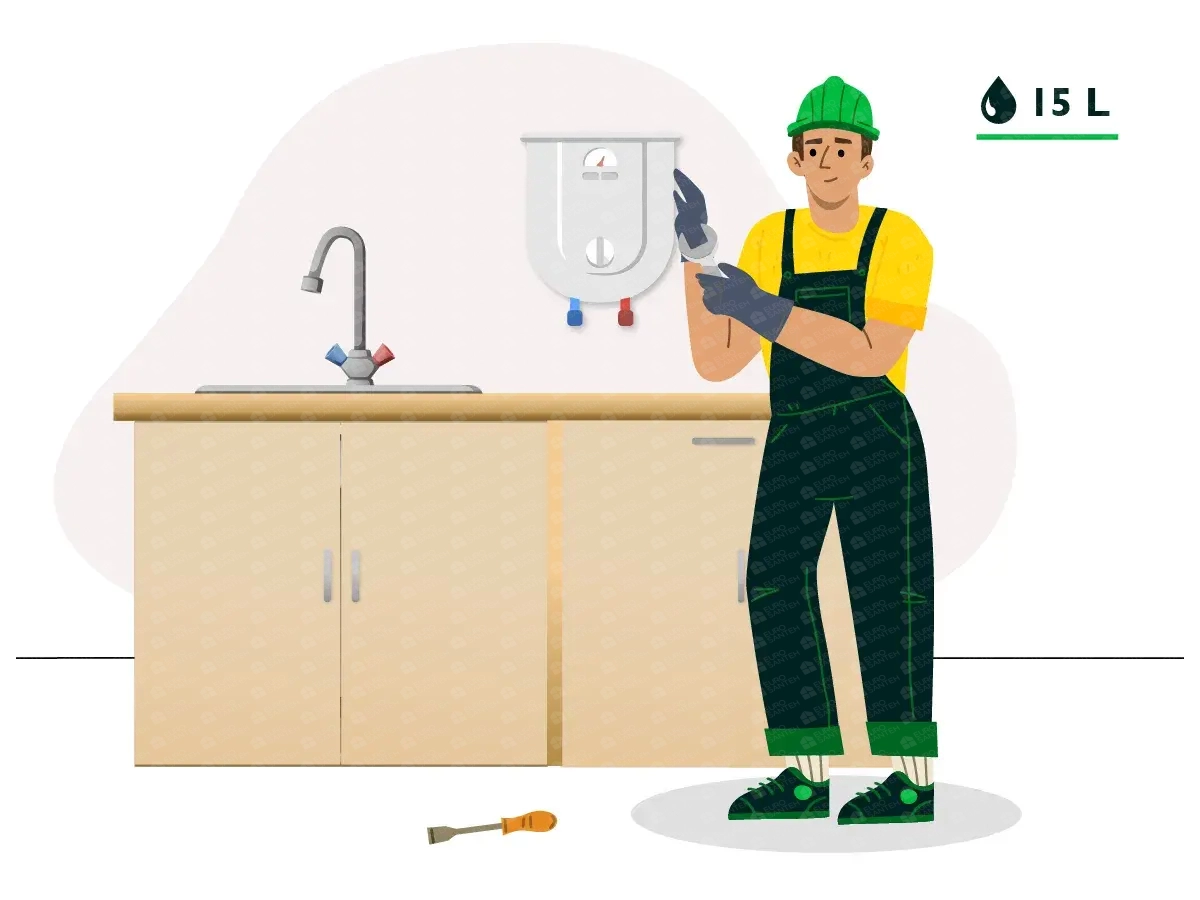Installing a boiler on the wall in Chisinau
Installing a boiler on the wall is a critical process that involves careful planning, precise execution, and adherence to safety standards to ensure efficient heating and hot water supply. Whether it's a gas boiler, electric boiler, or a renewable energy-powered system like a heat pump, each type requires specific considerations and steps to be taken for optimal performance and longevity.
The first step in installing a boiler on the wall is choosing the appropriate location. This decision depends on several factors, including access to fuel sources (gas, electricity, solar), ventilation requirements, and proximity to water supply and distribution points. For instance, a gas boiler installation requires a connection to a gas supply line, while an electric boiler needs access to a stable electrical power source.
Once the location is selected, the wall needs to be prepared for installation. This may involve cleaning the surface, assessing the structural integrity of the wall, and reinforcing it if necessary to support the weight and operational needs of the boiler. It's also essential to consider the placement of existing plumbing and electrical infrastructure to facilitate proper connections for the boiler.
The next step involves choosing and installing the appropriate mounting system for the boiler. This includes using specialized brackets and anchor bolts designed to securely attach the boiler to the wall. Selecting the right materials and installation methods is crucial to prevent instability or damage to the installation during operation.
Physically installing the boiler on the wall comes next. This process requires mounting the boiler in a vertical position using a level to ensure even distribution of weight and to prevent any potential failures or damages to the installation. Accessibility for future maintenance and component replacement should also be considered during installation.
After the boiler is securely mounted, the plumbing connections are made. This includes connecting the boiler to the cold water supply line, as well as the hot water distribution system if the boiler is used for heating purposes as well. Ensuring the tightness and reliability of connections is critical to prevent leaks and water quality issues.
For electric boilers, the next step involves connecting to the electrical supply. This requires safely installing wiring and electrical components, including circuit breakers, grounding, and surge protection, to minimize the risk of fire hazards or electrical accidents. Following safety regulations is essential for proper electrical connection and efficient operation of the equipment.
Once all connections are made, the final step is commissioning and testing the boiler. This includes filling the system with water, checking for leaks, and conducting pressure tests to ensure the integrity of the installation. The boiler's controls and safety features are calibrated and tested to verify proper functionality and compliance with manufacturer specifications.
After successful testing, user training and documentation are provided to ensure that operators understand how to safely and effectively use and maintain the boiler system. This includes explaining safety protocols, recommended maintenance schedules, and troubleshooting procedures to maximize efficiency and longevity.
In conclusion, installing a boiler on the wall requires careful planning, technical expertise, and adherence to safety standards at every stage of the process. Proper installation not only ensures the efficient operation and reliability of the heating system but also contributes to comfort and energy savings for residential or commercial users in the long term.
